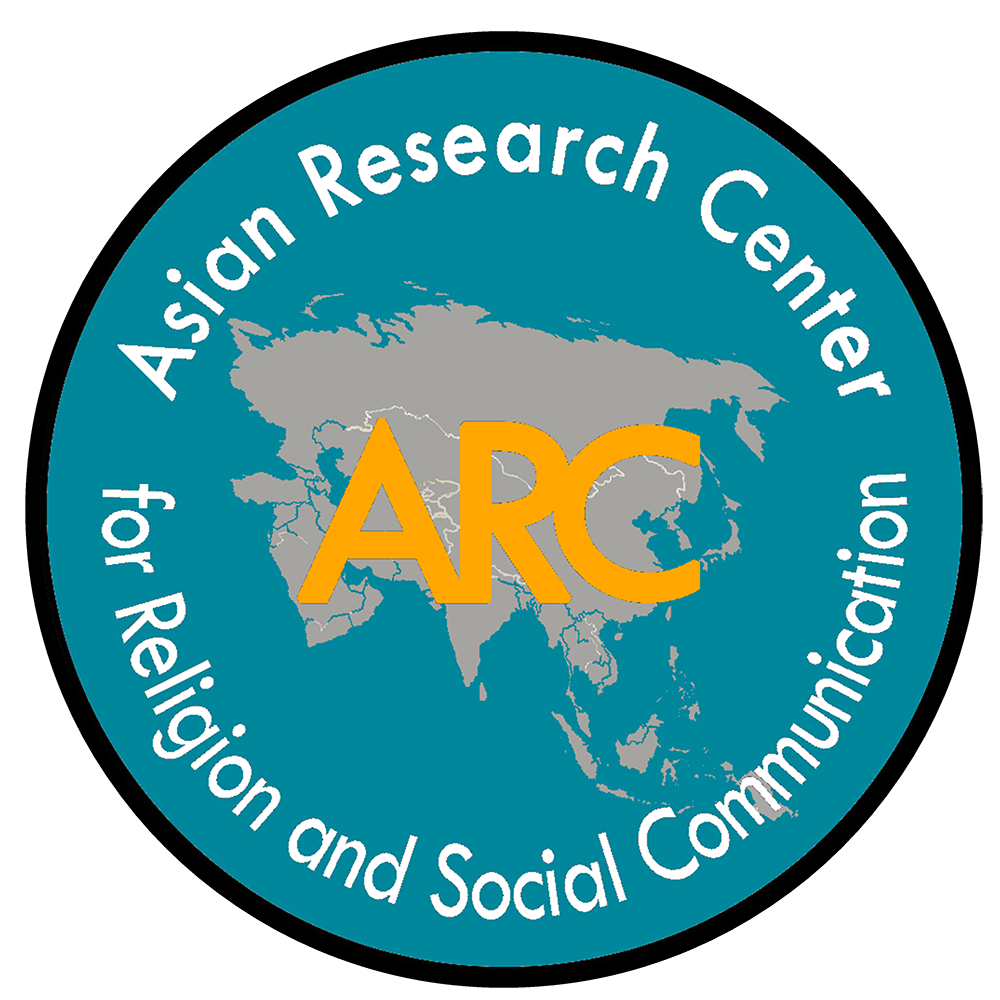Le Duc - Religious Leaders and Social Media: Religious Communication during and post-Pandemic
Download
Introduction
Good leadership is always needed in human society and is even more so during times of calamity and crisis. The future of a country or an organization greatly depends on the quality of its leadership, and a crisis can make or break a leader. The coronavirus pandemic presented opportunities and challenges for leaders of all types – political, religious, social, business – to demonstrate their ability to lead during one of the most devastating and widespread calamities in the last 100 years. One can see that many could not rise to the challenge as their wisdom, strength and other leadership skills were shown to be lacking, leading to tremendous tolls on their communities and countries.
Like many issues plaguing modern human society, the COVID-19 pandemic testified to the integrally interconnected and interdependent nature of human society, and artificial borders set up by national and international laws (even when not disputed among nations) could only go so far to prevent the novel coronavirus from traveling from one country to another, penetrating one population to another. Although the toll that it took on the different socio-economic and age groups varied, all fell victim to it regardless of ethnicity, gender, social status or religious background. As the world tried to overcome the pandemic, anyone with a cool head and a modicum of wisdom could easily realize that the only way that success in eliminating it could be achieved would be through a concerted interdisciplinary effort by all sectors of society – politics, science, public health, religion, economics, and so on. Those holding fast onto their ideological axes, insisting on exclusion rather than cooperation, factionalism instead of mutual collaboration, could only serve to obfuscate progress made through the hard work of conscientious individuals and groups.
It was in context of this urgent need for mutual cooperation that religious leaders worldwide responded to the sign of the time by doing their part to combat the pandemic. This chapter examines one aspect of the contribution by religious leaders in the pandemic, namely, the use of social media to communicate spiritual messages, scientific information, and social exhortation to religious adherents in order to influence the thinking and behavior of their communities. We will look to see how religious leaders made use of social media and what kind of content was seen coming from their social media accounts, especially during the early months of the pandemic, which was arguably one of the most frightening and overwhelming periods of the global crisis. The examples cited in this chapter, however, are necessarily limited to only a number of prominent religious leaders from major religious traditions since it would not be possible to investigate content of religious leaders from all levels, traditions, languages, and cultures. However, it is believed that the examples presented in this chapter are indicative of the kind of messages that most mainstream religious leaders around the world have attempted to communicate to the faithful.







